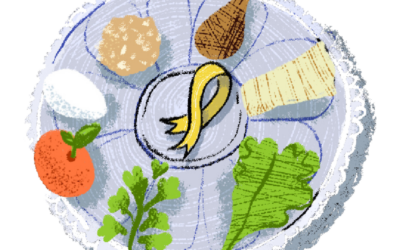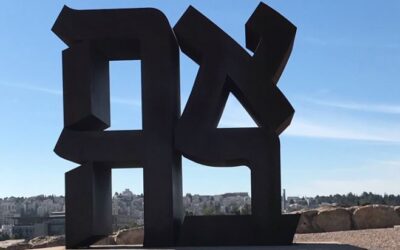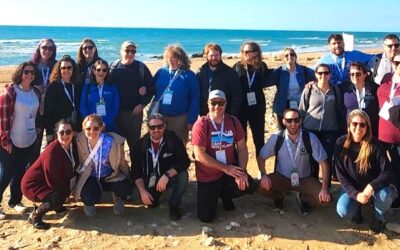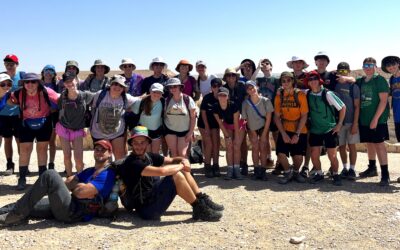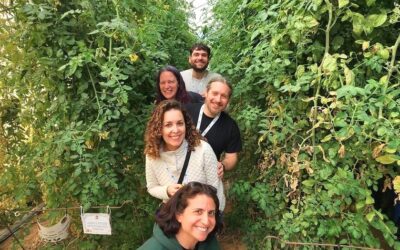By Rabbi David Wilfond, Director of Education
Last Thursday, the group visited Tzipori, where the legendary collection of Jewish Lore and Law, the Mishna, was codified. At Tzipori, the group was awed by the most beautiful Roman-Jewish mosaics in Israel. The most celebrated is nicknamed “The Mona Lisa of the Galilee.” The teens learned about the community that lived here and why they made these impressive works of art.
Friday morning, the teens visited the mystical mountain top town of Tzfat. In 1492 when the Jews were expelled from Spain, a large number of Jewish refugees decided it was time to go back home to the Land of Israel. They settled in the quiet and pastoral town of Tzfat, nestled high in the green mountains of the Galilee, in order to be close to the grave of the famous mystical Rabbi, Shimon Bar Yochai, considered to be the author of the Zohar, arguably the most influential book of Jewish Mysticism. The Spanish Jewish community was traumatized by the expulsion from a country where they had been for hundreds of years. They had fully integrated into a multicultural and tolerant society in which Christians, Muslims and Jews lived side by side in harmony for centuries. Suddenly, a new King and Queen, Ferdinand and Isabelle, came to power with the goal of remaking Spain. To achieve this, they said the Jews would have to go.
Sometimes when one is oppressed physically, the only way to cope is to expand spiritually. This is thought to be what led so many Jews to become mystic seekers at this time. They wanted answers to why the world had become so unstable and unsafe. They went to Tzfat for safety and for answers. In Tzfat, there stand synagogues that are almost five hundred years old, built by those refugees who were in search of hope and meaning. One of the most famous is called the Synagogue of the Ari (The Lion). He was a mystic teacher who taught that every Shabbat is a mystical wedding during which the Jewish People and God get remarried on a weekly basis and then celebrate their joy. One of the Ari’s congregants, Shlomo Alkabetz, wrote a mystical wedding poem, Lecha Dodi, which is probably the most popular Shabbat song today. After the expulsion, the Jews were hungry for joy, which is reflected in the liturgical poetry of the time. Lecha Dodi is the song par excellence of Shabbes joy! We want the participants to know that this song that is sung in every Reform Synagogue was born in Tzfat and was created to inspire the soul with happiness and hope.
Another major teaching of the Ari is a concept of “Tikkun Olam” (Repairing the World). The Ari taught that our deeds here on earth have cosmic implications and can increase the amount of good in the world so much that the scales of spiritual balance can be tipped so that the good in the world can exceed the bad in the world. This medieval mystical teaching has become a core principle of Reform Judaism, inspiring our work for social justice. A visit to Tzfat teaches our participants about Jewish values that have become central to Reform Judaism.
Sunday, the teens explored the Ancient Mediterranean port city of Akko. Akko is home to the second largest Mosque in the Land of Israel called the Al-Jazzar Mosque. The counselors were surprised to discover that very few of the American Teens had ever been inside a Mosque before. They were surprised because the population of Muslims in the USA is far greater than the number of Muslims in Israel. In the USA the Muslim population is estimated at more than 3.3 million, three times greater than the 1.2 million Muslims who are citizens of in Israel. Many participants had been in American churches and impressive grand cathedrals before, but very few of the American teens had ever experiences the aesthetic beauty and spiritual serenity of a Mosque like Al-Jazzar in Akko. The visit served as an opportunity to learn about the world’s second largest monotheistic religion, Islam, and to learn about the history of the Arab Conquest through which Islam travelled beyond the Arabian Peninsula to arrive in the Land of Israel in 635 CE. The participants also learned about the Five Pillars of Islam in a non-judgmental and respectful presentation before entering the magnificent and colorful prayer space. Many participants were struck by the many parallels between Judaism and traditional Islam. Several teens commented that a first glance Judaism seemed to have even more in common with Islam than Christianity. This idea challenged many preconceived notions by our teens about Islam.
After visiting the Akko Mosque, the participants went to visit the Akko’s ancient Crusader Fortress of the Hospitaller knights. In 1104 these European Crusader Soldiers were sent by the Pope to Akko with the goal of liberating the Holy Land from the Muslim “infidels.” Akko was the site of some of the bloodiest battles in the Crusader’s War against Islam. Eventually in 1187 on July 4th, the Muslim General Saladin defeated the Christian Crusaders and expelled them from the Holy Land. Akko was the last stronghold of the Crusaders until their defeat.
For our participants, the Crusader Fortress served as an opportunity to engage with the topic of Religious wars. The question was raised that maybe the John Lennon song was right when he wrote, “Imagine a world without religion.” Another teen countered that it is not true that more people have died in the “name of religion” than anything else. The most murderous regime in the history of humanity was the former Soviet Union, which murdered more than 20 million of its own citizens during the reign of Stalin, and this was a regime that made religion virtually illegal. In the former Soviet Union, you could be arrested and sent to the Gulag just for having in your possession a copy of the Bible. As the students talked more and more they teased out the differences between fundamentalist religion versus pluralistic religion; between extremist religious versus tolerant religion, between immature religion versus enlightened religion; between religion that affirms and celebrates life and its diversity versus religion which is xenophobic and frightened by contact with “non-believers.” The potential of religion to be constructive or destructive can be determined by its leaders. Like a hammer can be used to build a house and put a roof over a homeless family’s heads, or a hammer can be maliciously misused to hurt and maim. The question is how do we channel the power of religion to lead us to do “Deeds of Loving Kindness” (Gemilut Hasadim) and Tikkun Olam, selfless acts that help the world to become a kinder and more tolerant place. In Akko learning about the Religious Wars between Christianity and Islam served as an opportunity for the participants to work through the questions: “Is Religion good or bad?” and what does it mean to be a member of a “Liberal Progressive Religious Movement committed to promoting mutual understanding and respect between all human beings created equally in the image of God.” Akko presents compelling questions which challenge our American Jewish teens to think about and articulate their pluralistic religious sensitivities.
The teens are now in their Chavaya Experiences. These are four-day activities during which students can explore an interest with a likeminded group of friends. The choices include; Indiana Jones in Israel, an opportunity to work on a real archaeological dig; Gadna, an Israel Defense Force immersion; Tikkun Olam Social Justice projects; and a Hike from the Sea of Galilee to the Mediterranean Sea. This Wednesday evening, the Chavaya experiences will conclude and the students will re-group as before. When they return to their original groups they will share presentations with each other about what they experienced in their “Chavaya” programs.
